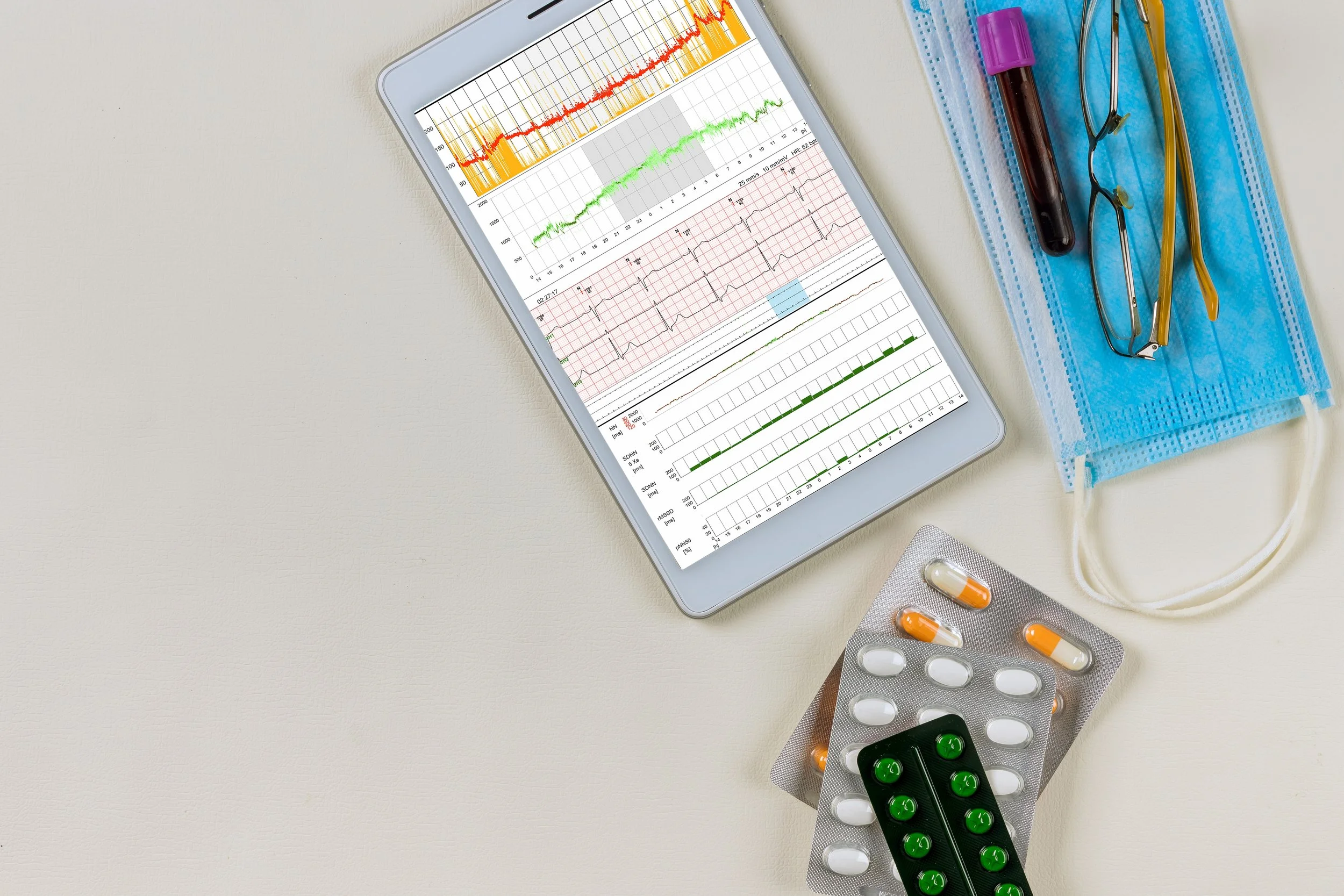CSMA Case Study : How A Healthcare Provider Is Transforming Its Security Posture
About the Customer
The client is a specialized healthcare organization operating multiple rehabilitation centers. Their critical operations and patient data rely on a central Health Information System (HIS) and an ICT infrastructure managed by a third-party service provider.
| Category | Details |
|---|---|
| Industry | Healthcare |
| Challenge | Establishing a formalized, measurable cybersecurity program and embedding risk management into operations and supplier governance. |
| Solutions Used | Cybersecurity Maturity Assessment (CMA) |
The Challenge
The client's leadership needed to move beyond ad-hoc operational security and establish a formal, measurable cybersecurity program. With critical ICT operations outsourced, they lacked centralized visibility into their true risk posture. The key drivers for a comprehensive maturity assessment were:
The absence of a formalized risk register and treatment process, with risk decisions being made reactively.
A lack of a documented procedure for vulnerability remediation, accountability, and timelines, despite the use of scanning tools.
Inconsistent asset management, which relied on manual spreadsheets , and ad-hoc patch management for endpoints.
An absence of a cybersecurity-specific supplier risk assessment process, leaving a gap in third-party governance.
Security awareness efforts that were not guided by a comprehensive or structured annual plan.
The AKATI Sekurity Solution
AKATI Sekurity was engaged to conduct a comprehensive Cybersecurity Maturity Assessment (CMA). This engagement was a high-level strategic review to evaluate existing cybersecurity procedures, documentation, and their implementation status. The assessment provided a clear, quantitative baseline score and a prioritized, actionable roadmap for improvement.
Strategic Gap Analysis & Baseline
The assessment immediately provided leadership with a clear, data-driven view of their security posture, measured against industry best practices. The maturity of the organization's ICT provider was evaluated across five key cybersecurity domains .
Key Results:
Delivered a clear, quantitative baseline of the organization's cyber maturity (Overall Score: 20% - 40% - Level 2, Repeatable).
Pinpointed Risk Management (10% - 20% Maturity) and Supply Chain Management (10% - 20% Maturity) as the highest-priority areas for improvement.
Identified critical gaps in procedural controls for Threat & Vulnerability Management (20% - 40% Maturity).
Provided a detailed, multi-domain roadmap to guide strategic planning and resource allocation.
Process & Governance Transformation
The CMA moved beyond a simple score to provide a clear, actionable plan for governance and process transformation.
| Phase | Description |
|---|---|
| Scoping | Assessed 5 key cybersecurity domains, including Risk Management, Asset Management, Threat & Vulnerability Management, Supply Chain, and People/Culture. |
| Discovery | Identified critical gaps in governance, including the absence of a formal risk register, a documented patch management policy, and a formal supplier risk process. |
| Prioritization | Mapped all findings into a Strategic Cybersecurity Roadmap with clear 'High' and 'Medium' priorities to guide remediation efforts. |
| Mobilization | Drove strategic alignment by providing actionable, high-priority recommendations, including "Document a Risk Management Policy", "Establish a Formal Change Management Procedure", and "Conduct Annual Vulnerability Assessments and Penetration Testing". |
Key Domain Maturity Scores
The following metrics represent the baseline cybersecurity maturity score ranges identified during the assessment. These scores provided the factual basis for the client's new strategic security initiatives.
| Category | Maturity Score Range |
|---|---|
| Overall Maturity | 20% - 40% (Level 2) |
| D1: Risk Management | 10% - 20% |
| D2: Asset, Change & Config Mgmt | 40% - 60% |
| D3: Threat & Vulnerability Mgmt | 20% - 40% |
| D4: Supply Chain & Ext. Dependencies | 10% - 20% |
| D5: People & Cyber Risk Culture | 10% - 20% |
Conclusion
Gaining visibility into process and governance is the foundation of cyber resilience. AKATI Sekurity's engagement transformed the client's approach from reactive to proactive, empowering them to address systemic gaps with a prioritized, strategic roadmap. By providing this clear path to maturity, the client can now build a resilient and formalized security program to protect critical patient data and secure its operations.

